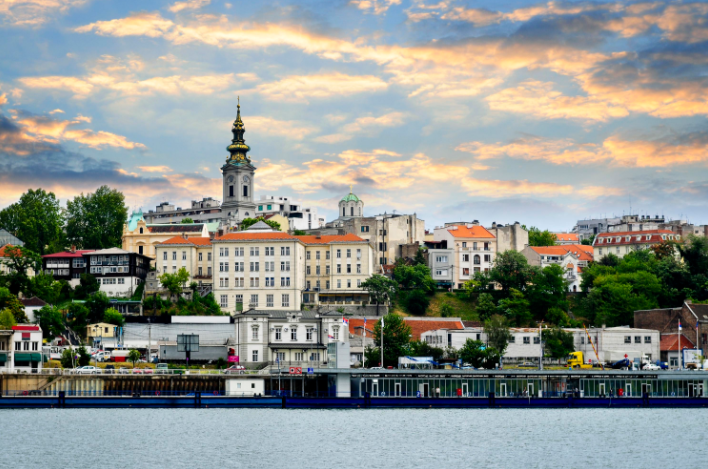EBRD is financing the biggest wind farm in Serbia
Serbia’s 158MW Čibuk 1 wind farm will receive €215 million in syndicated loans from the European Bank for Reconstruction and Development (EBRD) and International Finance Corporation (IFC), as announced on Tuesday through a press release.

Serbia’s 158MW Čibuk 1 wind farm will receive €215 million in syndicated loans from the European Bank for Reconstruction and Development (EBRD) and International Finance Corporation (IFC), as announced on Tuesday through a press release.
The power project will be located 50 km northeast of Belgrade, in the municipality of Kovin, on the territory of the Autonomous Province (AP) of Vojvodina, and its total cost is estimated at €300 million.
EBRD is providing a €107.7 million syndicated loan, of which €55 million is syndicated to Erste Bank, the Green for Growth Fund, UniCredit, and Banca Intesa under an A/B loan structure.
World Bank’s IFC is providing €107.7, partially through its Managed Co-Lending Portfolio Programme and partially through syndicated B loans.
Čibuk 1 will comprise 57 wind turbines supplied by General Electric which will cover about 40 square meters.
It is being developed by Vetroelektrane Balkana, a joint venture between Abu Dhabi-based renewable energy developer Masdar and Cibuk Wind Holding, a subsidiary of the U.S. - based Continental Wind Partners.
The whole venture is owned by Tesla Wind.
Yousif Al Ai, Chairman of Tesla Wind said: “We would like to thank the government of Serbia, Mubadala Investment Company, as well as the lenders, advisors, and all the other parties involved in reaching this critical milestone”.
“The development of the largest wind farm in the Western Balkans is a pivotal moment for the expansion of renewables in the region and positions Serbia at the forefront of Europe’s fastest-growing alternative energy sector”.
Mohamed Al Ramahi, CEO of Masdar, added: “This project highlights the attractiveness of the Serbian market for renewable energy investment and has the potential to be a hub for additional projects in the region”.
Harry Boyd-Carpenter, EBRD Director of Power and Energy Utilities, called the project a ‘breakthrough’ for Serbia’s efforts to produce 27 percent of its energy needs from renewable energy sources by 2020.
He said: “The EBRD has worked closely with the government to develop and refine the regulatory framework for the sector and these efforts have now unlocked job-generating foreign investment and the first wave of renewable-energy projects”.
Currently, Serbia produces 70 percent of its power needs from coal, with renewable energy accounting for approximately 17 percent of its total primary energy production.




